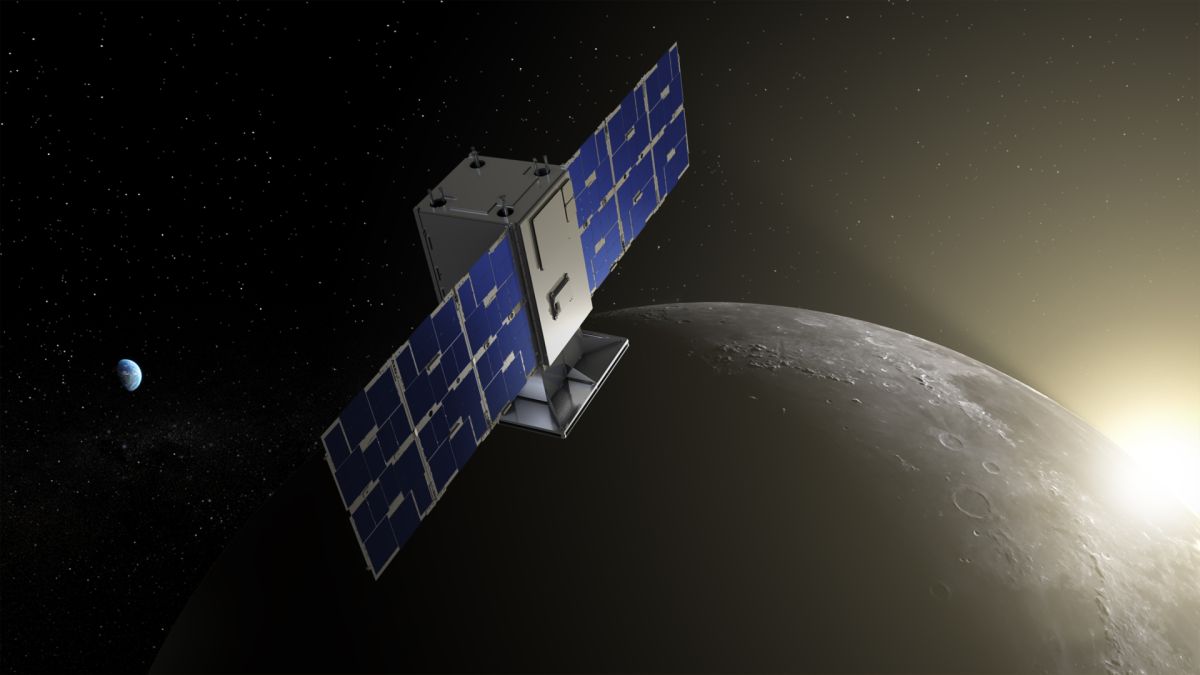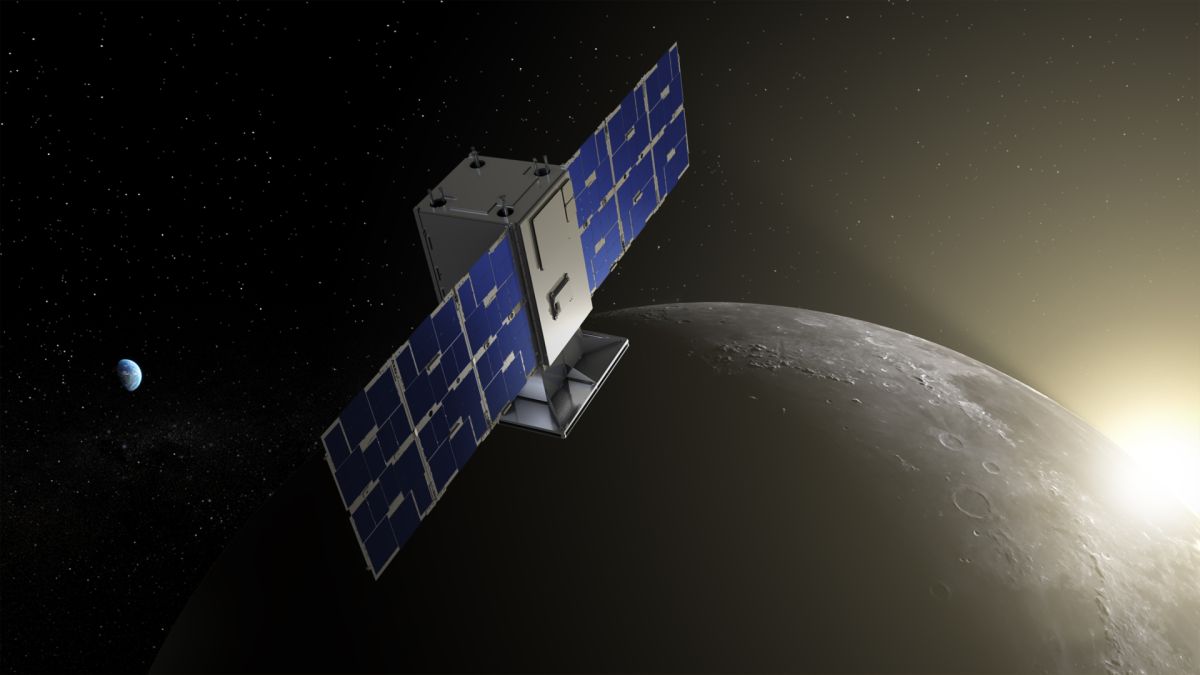The story goes like this: On July 7, 1947, a rancher in Corona, New Mexico named William Ware “Mack” Brazel phoned the local sheriff with an odd tale of strange metallic pieces found on his property roughly 80 miles (130 kilometers) northwest of Roswell, New Mexico. Today is the 75th anniversary of that notorious event, known around the globe as the Roswell Incident, in which a supposed alien craft crash-landed in New Mexico with a crew of extraterrestrials aboard. After Brazel reported the alleged wreckage, officers from the nearby Roswell…
Read MoreMonth: July 2022
Countdown to the Webb Telescope’s First Images
Webb’s Fine Guidance Sensor Provides a Serendipitous Preview
Read MoreWhere Did the First Quasars Come From?
New research shows how black holes with tens of thousands of Suns’ worth of mass can form in the universe’s early years. The post Where Did the First Quasars Come From? appeared first on Sky & Telescope.
Read MorePhew! NASA’s CAPSTONE moon probe phones home again
NASA’s tiny CAPSTONE moon probe is back in touch with its handlers, ending a short but spooky silent period. The 55-pound (25 kilograms) CAPSTONE went dark on Monday (July 4), shortly after separating from its Rocket Lab Photon spacecraft bus and heading toward the moon. The mission team immediately set to troubleshooting, and their efforts have already been rewarded. “We have re-established communications with CAPSTONE. The spacecraft is looking happy and healthy. More details to come,” Colorado-based company Advanced Space, which operates the mission for NASA, said via Twitter today…
Read MoreA bus-sized asteroid is passing safely by Earth today and you can watch for free
A space rock at least the size of a bus will safely whiz by our planet today, and you can watch the event on a free livestream. The Virtual Telescope Project will broadcast the flyby of asteroid 2022 NF from Rome, Italy, where the project is situated. If weather conditions allow, you can watch the livestream starting at 4 p.m. EDT (2100 GMT) in the window above or directly from the Virtual Telescope Project (opens in new tab). At a nearest approach of 56,000 miles (90,000 kilometers), 2022 NF will…
Read MoreMars sailplane prototype soars during early-stage tethered flight test in Arizona
An early-stage Martian sailplane soared aloft, tethered to a balloon, as engineers ponder the possibilities to expand Red Planet flight. The University of Arizona released a progress update on its sailplane project June 30 in conjunction with a recent journal publication exploring Mars exploration using motorless sailplanes. Drone flight has been tested successfully on Mars already. The Ingenuity test helicopter that landed with NASA’s Perseverance rover in February 2021 is over a year and almost 30 flights into what was supposed to be a monthlong, five-flight campaign, and is still…
Read MoreTitan Occults a Bright Star, Mira Awakens, and Comet PanSTARRS Shines
Pick one or see them all. July offers a potpourri of celestial events for both naked-eye observers and telescope users that include a rare occultation by Saturn’s moon Titan, a bright comet, and Mira at maximum. The post Titan Occults a Bright Star, Mira Awakens, and Comet PanSTARRS Shines appeared first on Sky & Telescope.
Read MoreBecome a Jovian Vortex Hunter!
NASA citizen science project, Jovian Vortex Hunter, seeks your help spotting vortices – spiral wind patterns – and other on Jupiter.
Read MoreMonstrous Black Holes Spin More Slowly — But Why?
X-ray observations add to growing evidence that the most massive black holes have a different past than their lightweight peers. The post Monstrous Black Holes Spin More Slowly — But Why? appeared first on Sky & Telescope.
Read MoreNASA’s tiny CAPSTONE probe goes silent on its way to the moon
CAPSTONE has gone dark. The 55-pound (25 kilograms) NASA probe ceased communicating with its handlers yesterday (July 4), shortly after it deployed successfully from Rocket Lab’s Photon spacecraft bus and began its long trek to the moon. “The spacecraft team currently is working to understand the cause and re-establish contact. The team has good trajectory data for the spacecraft based on the first full and second partial ground station pass with the Deep Space Network,” NASA spokesperson Sarah Frazier wrote in an emailed statement today (July 5). “If needed, the…
Read More
